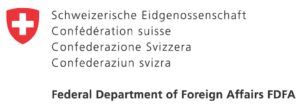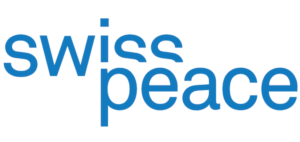Malnutrition in South Sudan is omnipresent due to factors such as widespread disease (particularly malaria, diarrhea and pneumonia), poor health infrastructure and access to timely and effective treatment, prevalent non-recommended infant and young child feeding practices and inconsistent availability and accessibility to a diverse diet. In Aweil South County, the global acute malnutrition (GAM) prevalence remains above the national average and above the emergency threshold of 15% at 17.7%. A survey conducted by the International Rescue Committee (IRC) in Aweil South County showed that nearly 60% of severely malnourished children were not receiving treatment for severe acute malnutrition (SAM) through static facilities, with caregivers identifying the main barriers to accessing care as distance to facilities, inaccessibility due to the rainy season and high opportunity costs.
The IRC has been developing innovative approaches to increase access to treatment for acute malnutrition. Recognizing that long travel distance to facilities leads to high opportunity costs for caregivers, the IRC developed simplified tools and a simplified SAM treatment protocol to enable low-literate community-based distributors (CBDs) to treat children for malnutrition closer to the home. This included developing a modified mid-upper arm circumference (MUAC) tape with smaller color zones for monitoring progression, regression and stationary cases and a visual decal on the balance when weighing children to count out the number of sachets of ready-to-use therapeutic food (RUTF). Previous studies from Bangladesh have shown promising results with regard to how community-based models to treat SAM can be. However, models for low-literacy, crisis-affected settings have not yet been studied.
To assess the feasibility of community-based distributors in South Sudan providing treatment for uncomplicated cases of severe acute malnutrition in their homes. This study demonstrated that low-literate CBDs in South Sudan were able to treat SAM children in their homes with high accuracy using a simplified protocol and tools and achieve acceptable recovery rates. The performance scores were higher among those who received more supervision visits. The recovery rate for children enrolled in treatment met the Sphere humanitarian minimum standards despite treating children with lower MUAC on admission as compared to the facility, showing promise that deploying CBDs to treat SAM in areas with high prevalence and low treatment access may lead to earlier treatment seeking and timely case finding. Based on the percentage (84%) of children claiming to not have received treatment recently and the proportion of children with low MUAC on admission, we suspect that the CBD delivery of treatment increased access to timely care. A larger operational research study will be necessary to assess the most effective and efficient supervisory and supply chain mechanisms to operationalize the scale-up of CBD treatment and to quantify the cost-efficiency of such a program and its impact on access and coverage.






